
1872年東京 日本橋
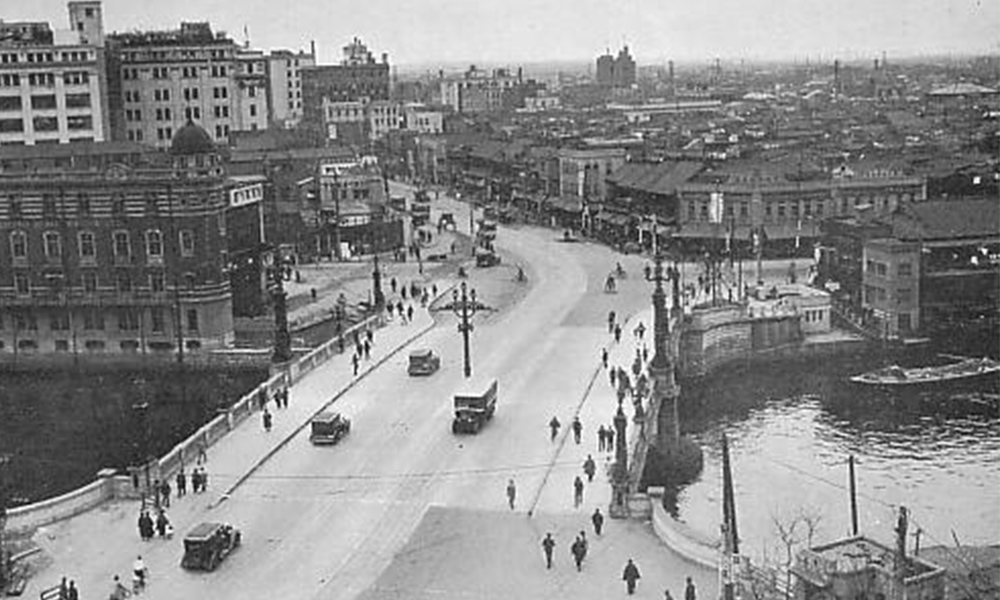
1933年東京 日本橋
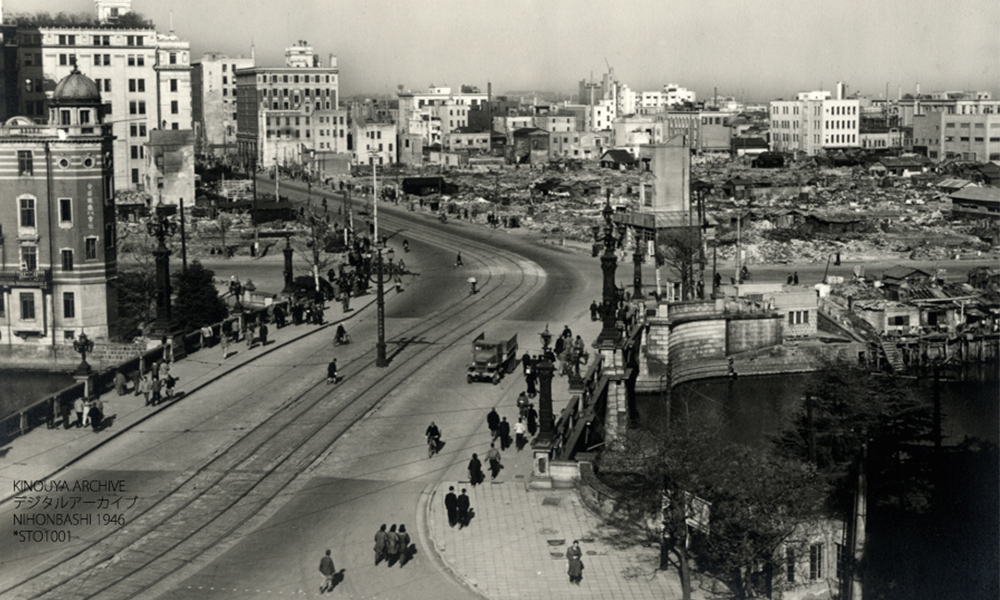
1946年東京 日本橋
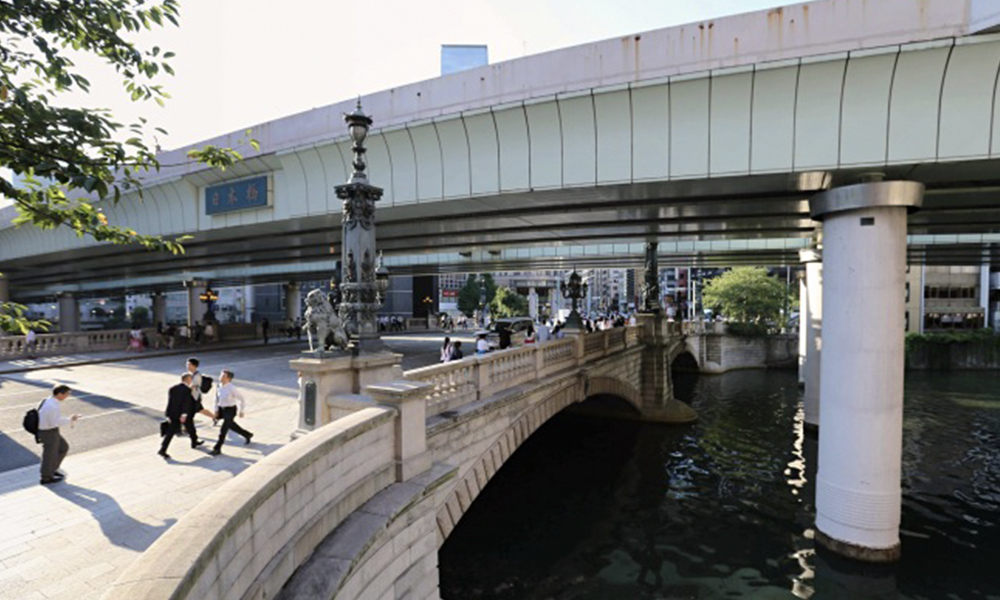
2017年東京 日本橋
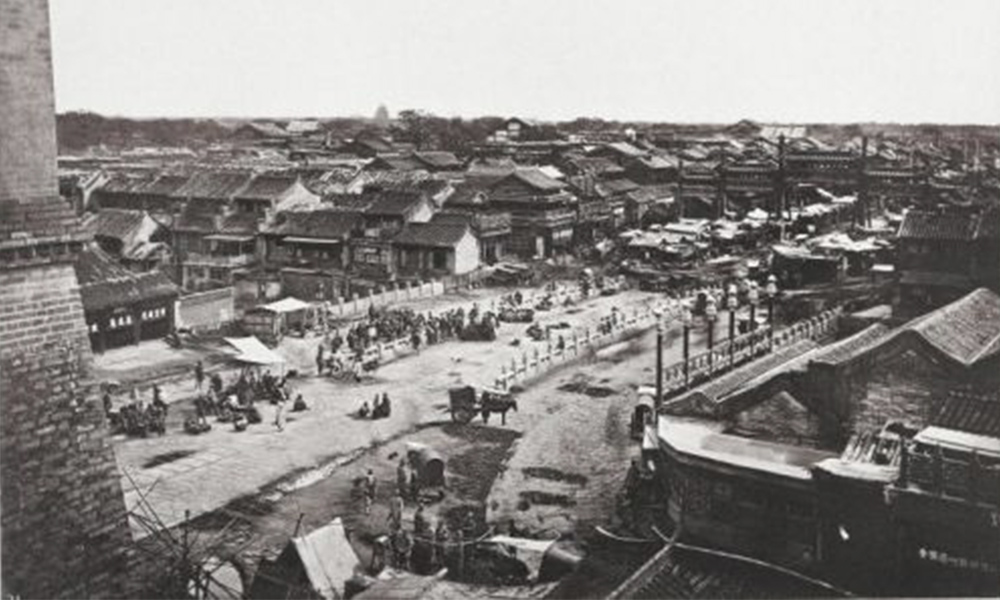
1872年8月〜10月北京 前門
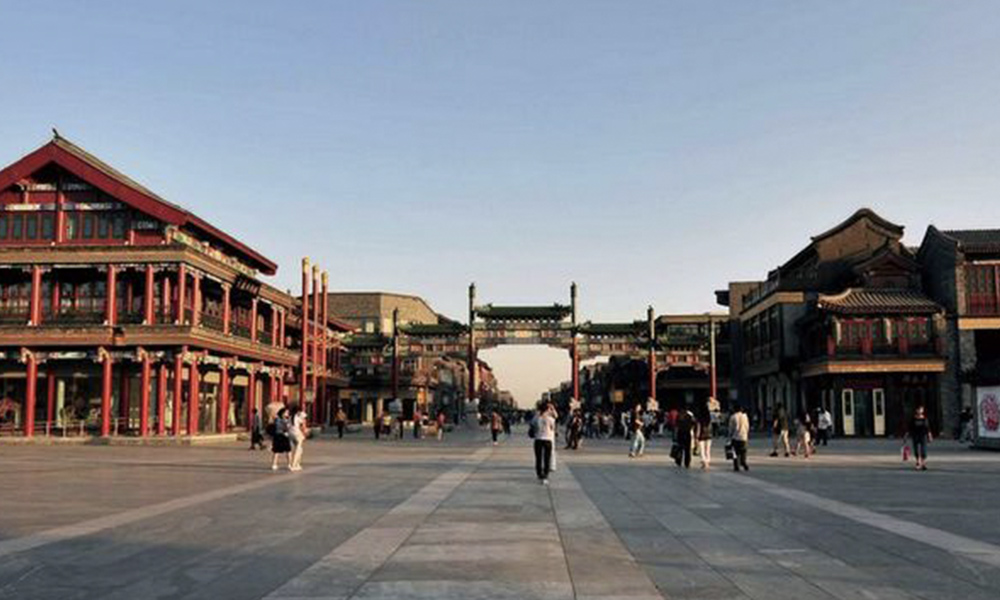
現在北京 前門
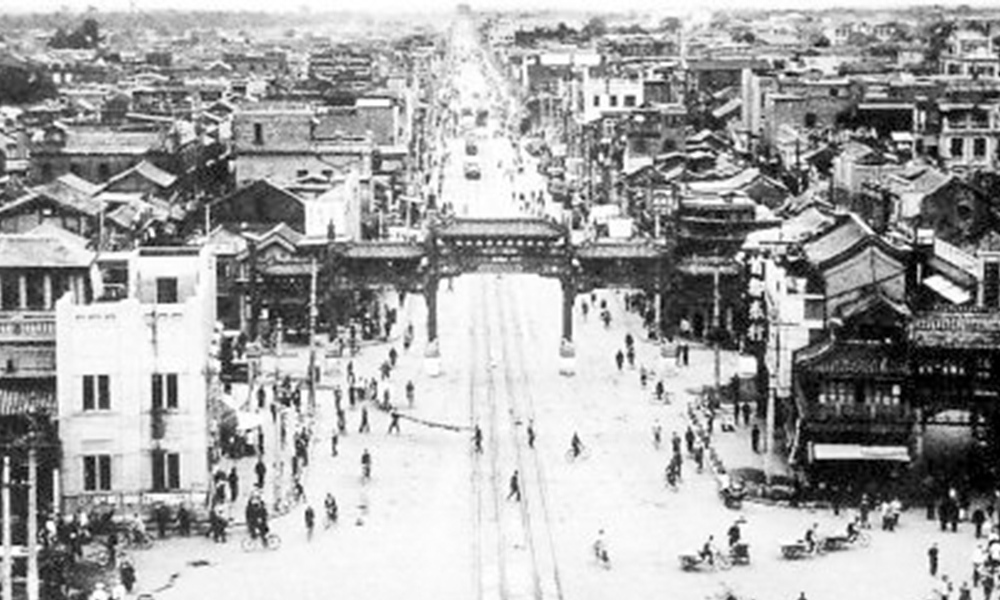
1949年前後北京 前門
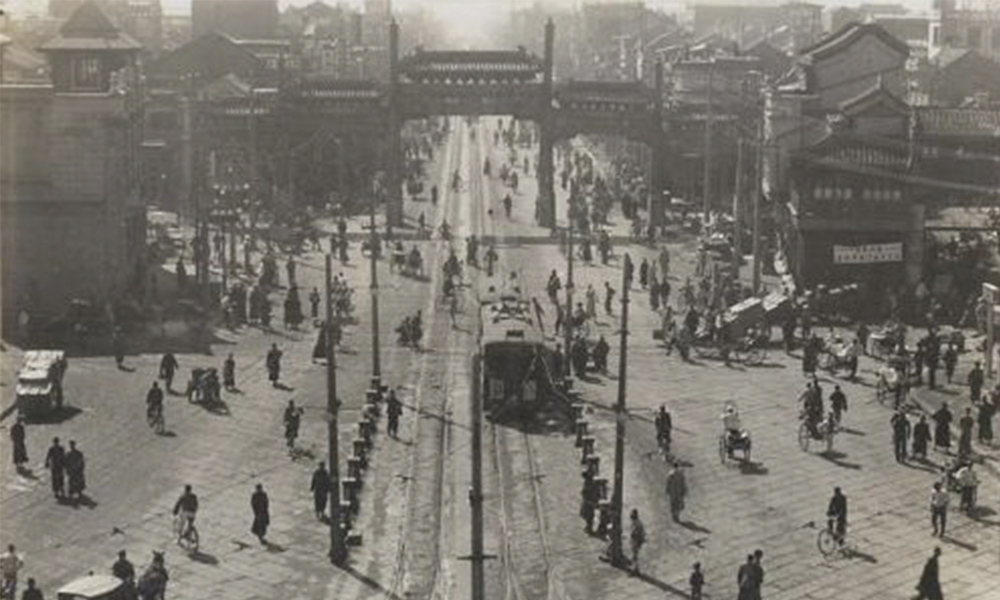
1930年代北京 前門
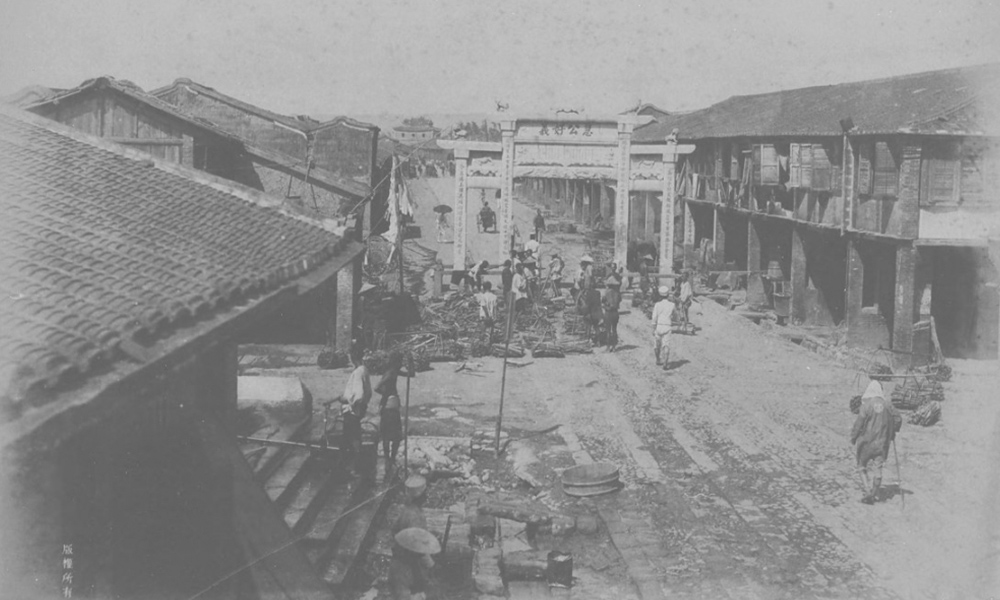
1895年台北 衡陽路
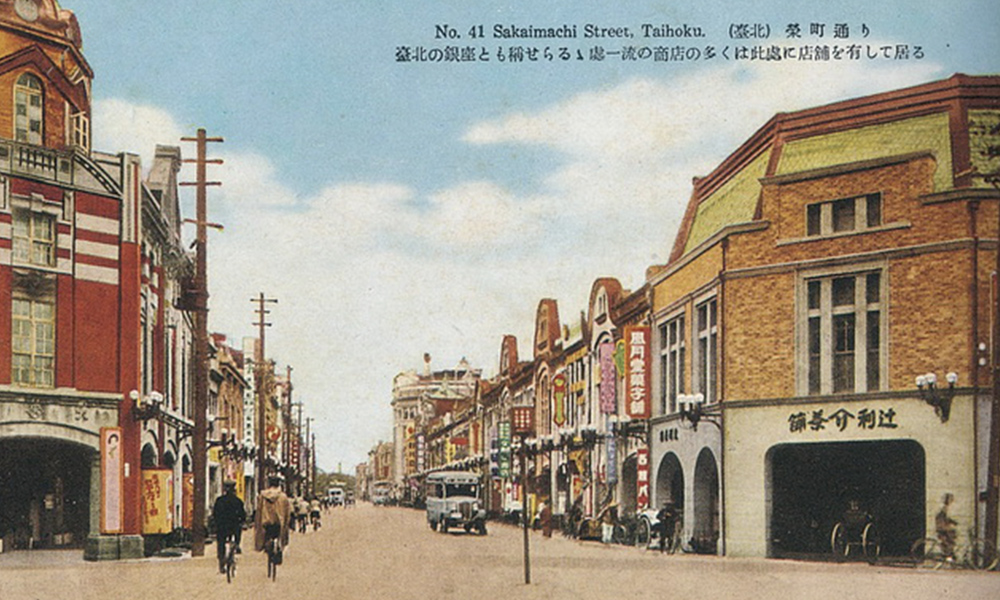
1930年代台北 衡陽路
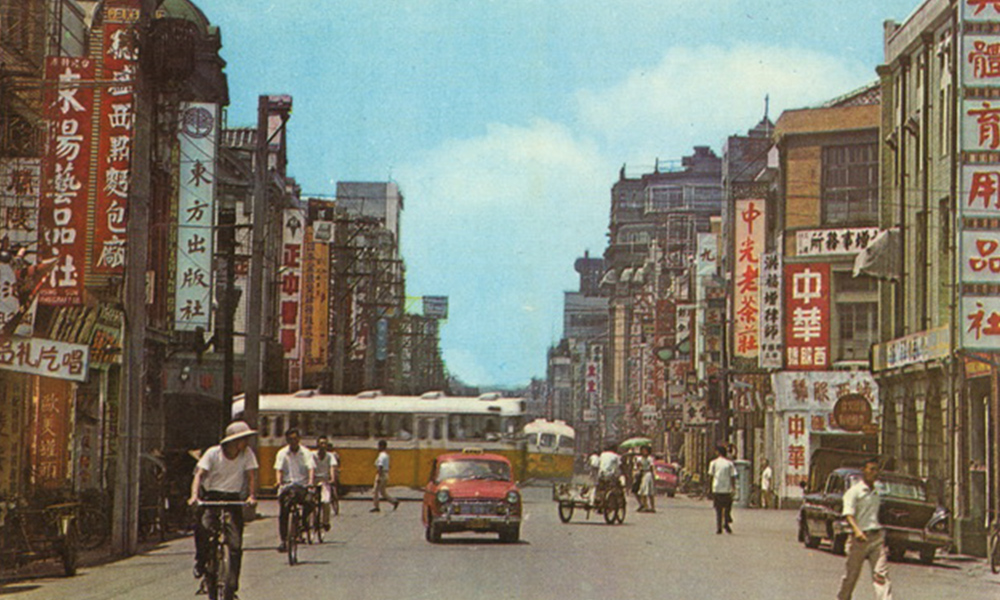
1960年代台北 衡陽路
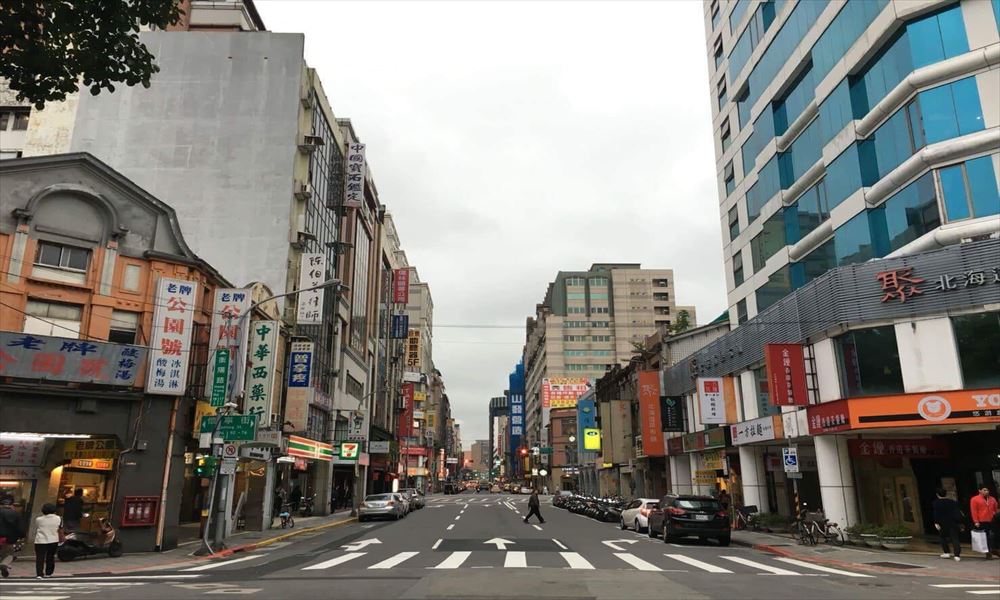
現在台北 衡陽路
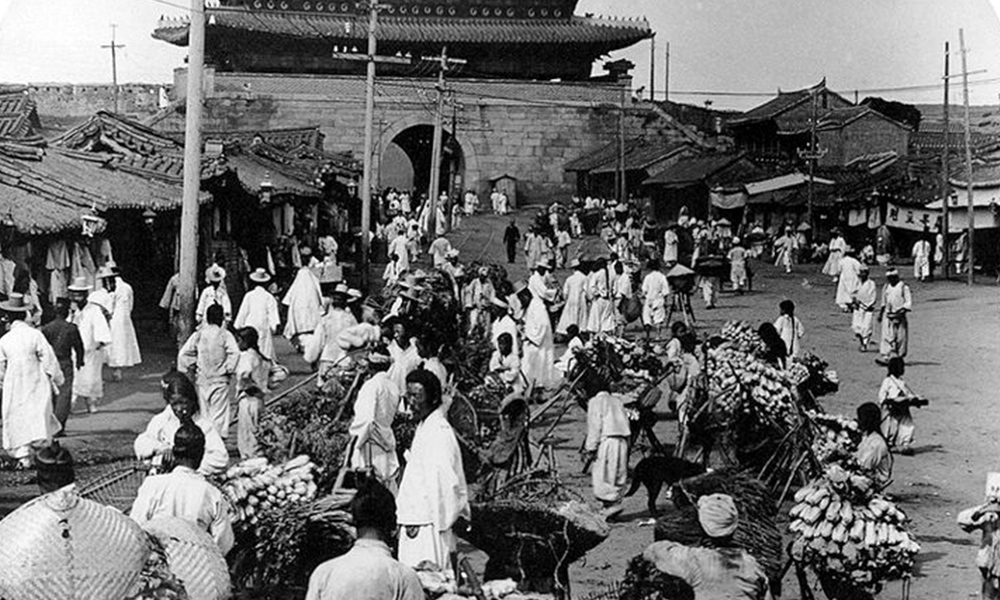
1904年ソウル 南大門
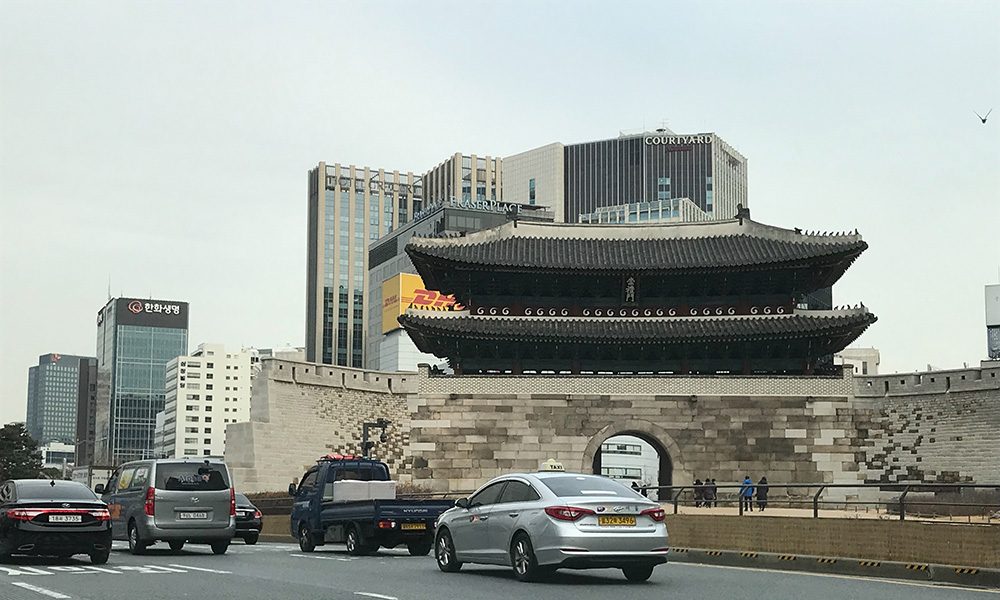
2006年ソウル 南大門
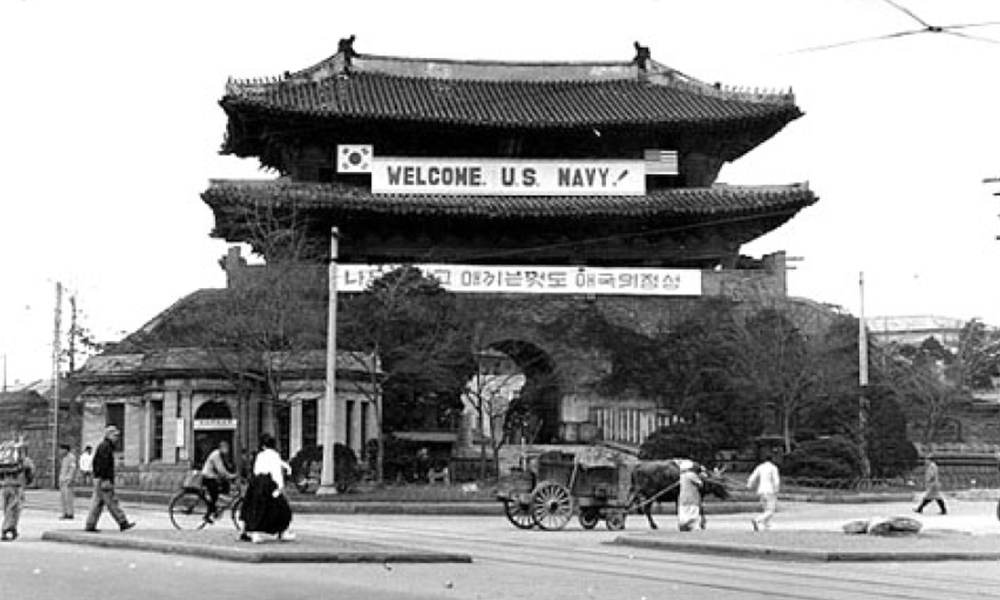
1950年ソウル 南大門
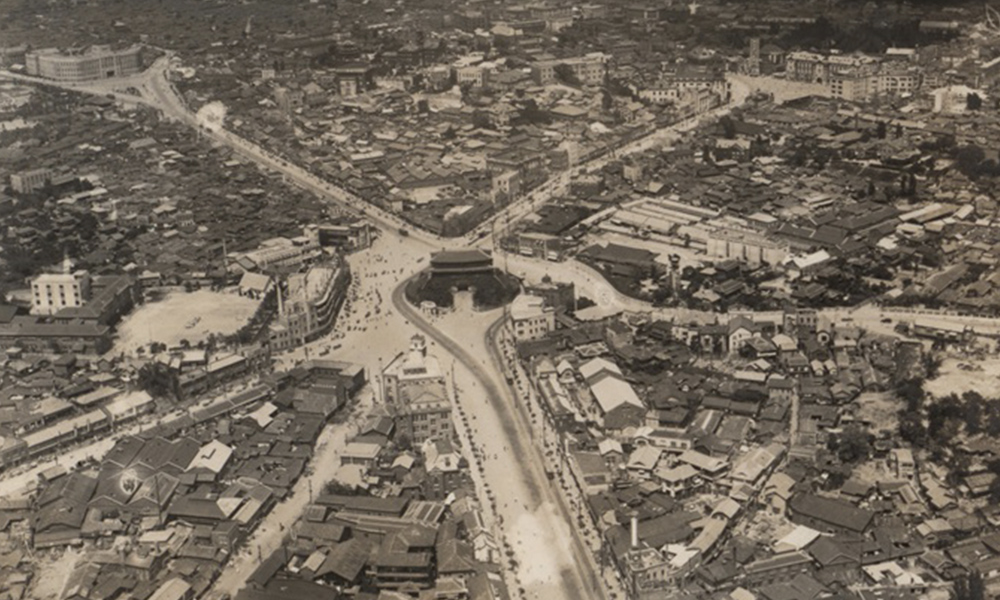
1940年代初ソウル 南大門
KIM Gwang Yol, Professor
Division of International Cooperation, Kwangwoon University
Until around a decade ago, the Massacre of Koreans during the Great Kantō Earthquake in September 1923 was not well acknowledged in South Korean society as one of the racial ordeals, which was happened in the modern age. This was because memories for Korean forced labours during the Asia-Pacific War and the Korean War in the 1950s were dominated in general – these events caused great suffering and immense damages in both personnel and material terms. Due to their memories for atrocities in recent years, it is probably true to say that Massacre of Koreans in 1923, which happened further earlier than those events, had not been well recognised by South Korean people in general. For them, the Massacre of Koreans had not been familiar and not a recent historical incident
It could be said that in Korean society, the social movement for victims of the Kantō Massacre was began after the foundation of ‘Korean Japanese Residents Solidarity with Investigation and Recovering Dignities of Victims of the Massacre of Koreans during the Great Kantō Earthquake (original: 関東大地震朝鮮人虐殺真相糾明と名誉回復のための韓日在日市民連帯)’ in November 2007. The foundation of the group was initiated by Kim Jeong Su (original: 金鍾洙), a clergyman, who was directing a private school called ‘Ahimuna Peace School (original: アヒムナ平和学校)’ in Cheonan. They aimed to establish special law to find out the fact about the Massacre of Koreans during the Great Kantō Earthquake through organising symposiums and public relations mainly at Protestant churches. In South Korean society, however, the massacre was not really known, and their movement even failed to propose a bill.
Around 2013, there were some climate changes. When South Korea met the 90th anniversary of the Kantō Massacre on the 22nd and the 23rd of August 2013, the Northeast Asian History Foundation, which affiliated with the Ministry of Foreign Affairs and Trade (MOFAT), current Ministry of Foreign Affairs (MOFA), held an academic congress for the Great Kantō Earthquake and the Massacre of Koreans. Both Korean and Japanese scholars participated in the meeting. This meeting was the first international academic conference in South Korea, and it threw the little light on the history of the massacre in a South Korean academic circle of historical studies. In spring in the following year, due to the efforts of Korean Japanese Residents Solidarity (original: 韓日在日市民連帯,) at the 19th session of the South Korean Diet, ‘a special bill for Korean Japanese Residents Solidarity with Investigation and Recovering Dignities of Victims of the Massacre of Koreans during the Great Kantō Earthquake (original: 関東大地震朝鮮人虐殺事件真相糾明および犠牲者名誉回復に関する特別法案’ was proposed. As a consequence, on the 26th of May, the Special Bill Promotion Committee of Korean Japanese Residents Solidarity for Investigation and Recovering Dignities of Victims of the Massacre of Koreans during the Great Kantō Earthquake (original: 関東大地震朝鮮人虐殺事件真相糾明および犠牲者名誉回復に関する特別法推進委員会 was established. The committee was founded to support civil organisations, which were involved in legislation activities. The committee appointed eight representatives, including Kim Gwang Yol and Kim Jeong Su (original: 金鍾洙). This special law promotion committee had promoted the bill for two years to relevant diet members at section meetings; however, despite their efforts, the bill was not able to pass, and the 19th session of the South Korean Diet was ended in February 2016.
After a series of this movement in 2016, there was another new movement about the Kantō Massacre. Due to a lack of recognition about the Massacre of Koreans in 1923 amongst South Korean people, and in order to promote the special law bill, activists planned to have a public memorial event. The service would mourn victims of the massacre. The plan sought to have public attentions. The Massacre of Koreans in 1923 was not fully investigated in South Korea, while in Japan, a number of xenophobic demonstrations against Korean residents in Japan was carried out. Activities took protests in Japan seriously, while they also aimed to acknowledge the history of the massacre in South Korean society. In February 2016, a number of civilians who supported the movement gathered at an office of Shiaru Foundation (original: シアル財団) in Jongno, and they established ‘Moimu Memorial of Korea Resident in Japan for 1923 Massacre (original: 1923年虐殺を受けた在日韓人追悼モイム)’. Representatives were four people including Kim Gwang Yol and (original: ハム・インスク, while executive committee members were (original: 呉充功), (original: チョン・ヘギョン), (original: 成周鉉), (original: オ・イルファン), (original: 南基正), and five others. The organisation planned to hold a memorial ceremony in August 2016, and prepared for it. On the 19th and the 20th of August 2016, the memorial services took place at the public space for the first time. The Seoul City Hall held a photo exhibition and a film screening. Gwanghwamun Plaza had the memorial service and folk related events. The memorial service had more opportunities to appear in the media compared to other events in South Korean society. Thus, it became a good opportunity to disseminate the history of the Massacre of Koreans during the Great Kantō Earthquake to South Korean people.
As an extension of activities, in 2017, a wider range of events were held. On the 25th of August, ‘1923韓日在日市民連帯’ had a memorial ceremony at Jongno Christian Church. On the 26th of August, ‘Moimu Memorial of Korea Resident in Japan for 1923 Massacre (original: 1923年虐殺を受けた在日韓人追悼モイム)’ held a memorial service and an academic conference at Tendō Religion Central Cathedral (original: 天道教中央大教堂), while it founded the Bereaved Family Association for victims of the Massacre of Koreans during the Great Kantō Earthquake (original: 関東震災朝鮮人虐殺犠牲者遺族会) with seven bereaved relatives at Pusan. The foundation of the war-bereaved association was initiated by (original: 呉充功), a film director. The events on the 26th, which was held at Tendō Religion Central Cathedral (original: 天道教中央大教堂), was the first activity that the memorial ceremony and the academic conference took place together. The major theme of the conference was about the Massacre of Koreans and current address of the Koreans residing in Japan. Panellists were Tanaka Masataka (Senshu University), Kim Gwang Yol (Kwangwoon University), (original: 金雄基)(Hongik University), and (original: 金仁德)(青巖大). It was also the first time that the conference dealt with both the past and the present issues regarding the Massacre of Koreans in 1923 at the same time. The foundation of the war-bereaved association in Pusan also told that the activities for the Massacre entered the new phase of the movement. Nonetheless, in South Korea, it was the first time that three events, which dealt with the massacre, took place. This was a result brought about by people, who had been involving in the movement since 2013, as I told earlier in this essay.
On the other hand, in 2017, news from Japan about the massacre also raised people’s awareness about this incident. On the 19th of April 2017, South Korean media quoted news, which was reported by the Asahi Shimbun. The Asahi Shimbun informed that the Cabinet Office of the Government of Japan deleted research papers, which were produced by Disaster Management Research Association (original: 災害教訓の継承に関する専門調査会) from 2003 to 2010, were deleted from Cabinet Office’s website. Indeed, these research papers included a section entitled ‘The Incident of Murders’ describing the Massacre of Koreans. There was criticism that the Japanese government had pressure of Japanese society, which drifted to the right. Furthermore, on the 24th of August, most South Korean TV news and newspaper reported that Tokyo Governor Koike Yuriko declined to send a message of condolence to an annual memorial service for the Korean victims during the Kantō Massacre, which has been held at the Yokoamicho Park on the 1st of September every year. South Korean medias criticised her action as one of the Japanese right-wing movements. Furthermore, South Korean medias reported that a director of Sumida Ward also stopped to send a message of condolence to the ceremony as accompanying Koike’s decision. They criticised that the recent movement in Japan became obvious that Japanese right-wing activists try to distort the Massacre of Koreans during the Great Kantō Earthquake in 1923.
When governmental authorities made a different decision from usual practice regarding unresolved historical issues, we should not follow their arbitrary decision, which was made by authorities whose office is not permanent. Indeed, the decision should be based on credible and substantial reasons. If there are any objective studies been done and found justifiable evidence to proof the fact that current belief is not true, it is fine to follow their decision. However, as long as we do not have any new findings, we should follow current practice. Koike seemed to attempt to develop her political foundation with using the right-wing movement in Japan; however, her action even resulted in deepening estrangement between the South Koreans and the Japanese.
Overall, in South Korea, the number of ceremonies and academic meetings, related to the Massacre of Koreans in 1923, has been increasing. Furthermore, Japanese news related to the incident has been reported in South Korea on a real time basis; therefore, criticism and awareness of issues amongst the South Korean people have been also increasing. It could be argued that the Massacre of Koreans in 1923 now begin to receive attention in South Korea as a historical issue, which has not been resolved.